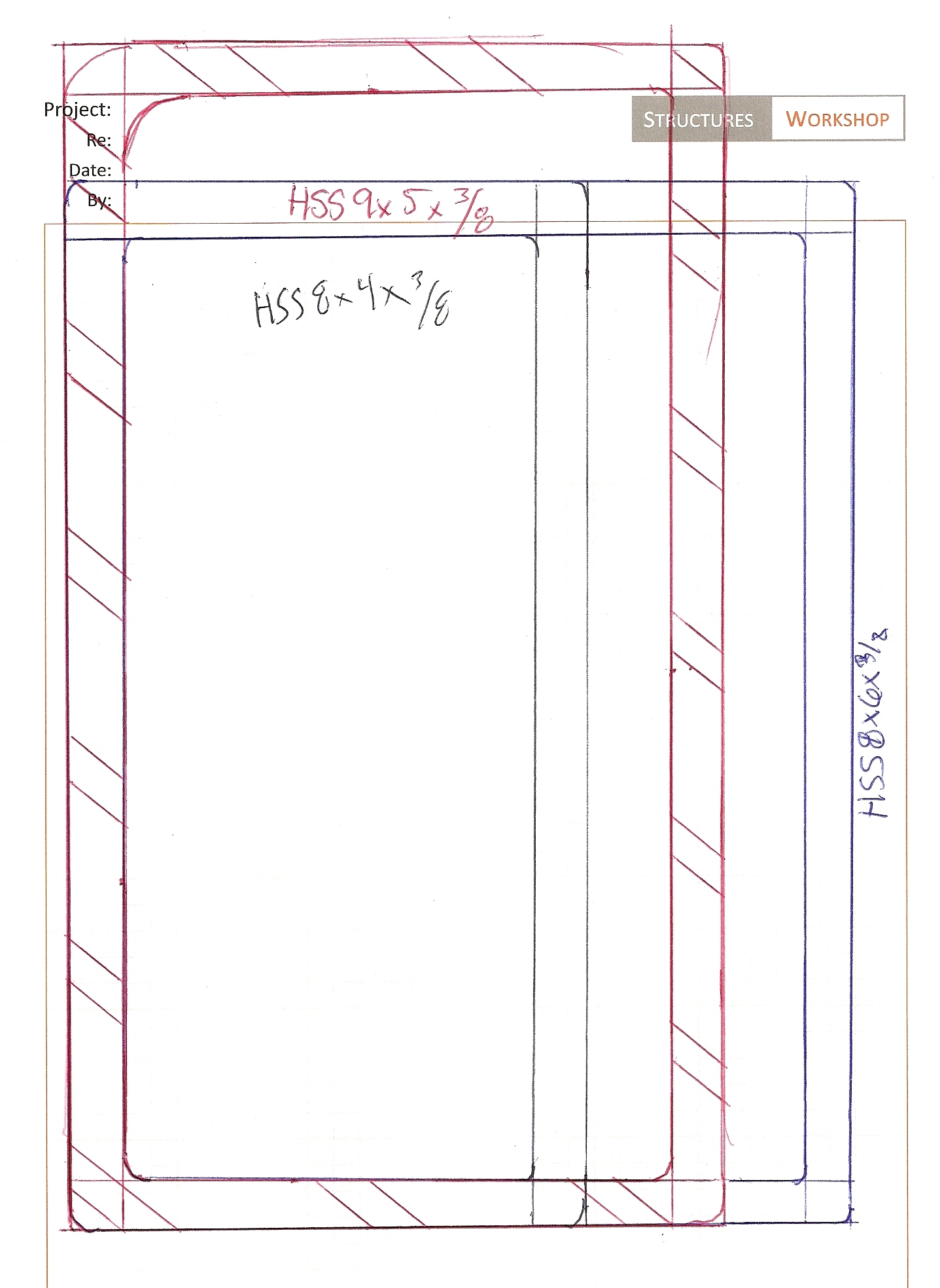Plato believes what is central to the production of beautiful artifacts is one’s ability to understand the nature of measure (what we now may think of as proportion). The engineer, according to Plato, must know the nature of measure or proper portioning of structures (artistic as well as scientific). “Basic to any art, is the art of measure without which there can be no art at all. For to know the proper size of a column, proportion of a window, the proper organization of language in a poem, is to command the art of measurement.” Measure then for Plato, is essential to quality and is the fundamental principle that defines quality. “There are accomplished men, Socrates, who say…the art of measurement is universal, and has to do with all things.” (Plato, Statesman 285b) So if we think we succeeded in the proper form by creating something well proportioned, how do we know we are right? How do we judge quality? Drawing 1 to 1 will help you make a better design decision on a particular component of a project. Try drawing a 6x6 wood post on paper with the joist hanger, or a L4x4x5/16 steel framing angle with bolts to scale. See if the bolts will fit and get into the code on bolt length (shank, threads, TC bolt tips, etc). Drawing 1 to 1 will help you better understand proportions and with that, you will be able to use your intuition on the member size.
Here is an example of something we do in the office (comparing HSS members for columns on an 8 1/2 x 11)...

